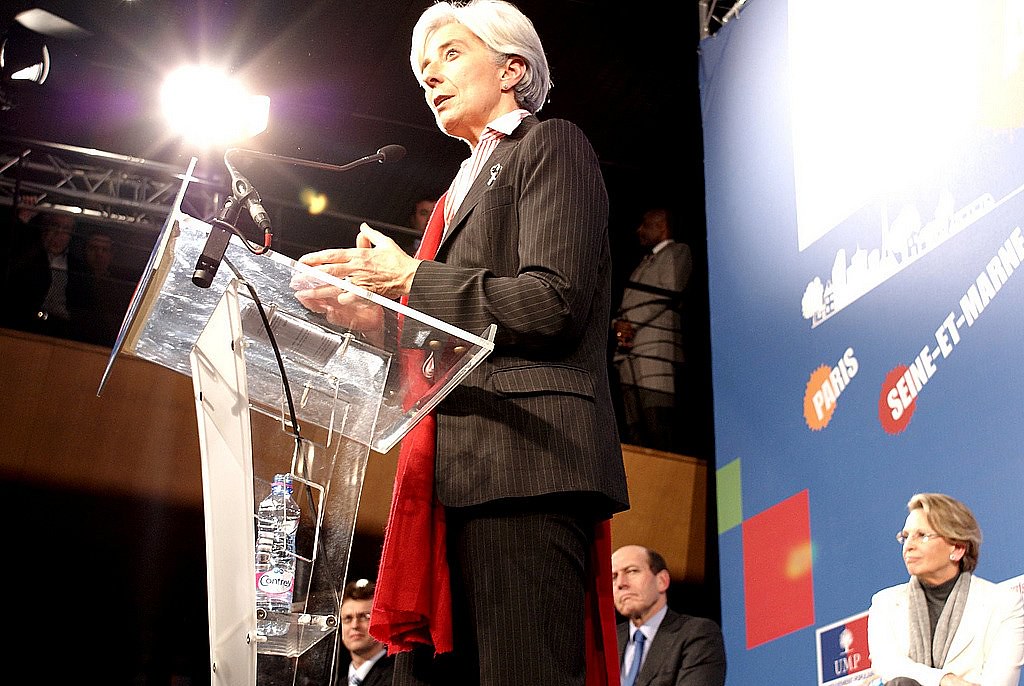How Crypto Tokenization Can Go Wrong (and How to Make It Right)
Money doesn’t make the world go round; credit does. Credit predates any known form of currency and was in use at least as far back as the ancient civilization of Sumer around the year 3500 B.C.E. In Sumer, citizens could get loans for agricultural purposes, later paying these back via a percentage of their crop. By comparison, the oldest coin-minting operation ever discovered only dates back as far as about 640 B.C.E.
Ralf Kubli is a board member at the Casper Association.
Credit is the true foundation of finance. Not money or individual payments, but payments over time, aka cash flows. Cash flows allow entities to predict future financial states and develop strategies based on that information, which is why it’s often regarded as the lifeblood of the world economy. But if this is the case, why is the move toward tokenization and digitization so focused on money?
The credit landscape today
Today, credit remains the foundation of all finance. However, we are also navigating unprecedented times. There is a credit crunch looming in the U.S. as the broader economic outlook worsens. As a result, fewer loans are being offered and those that are have become more conservative resulting in a $2 trillion gap of unmet demand for finance.
This disproportionately harms small and medium enterprises (SMEs), which are generally in the most need of financial support as they get off the ground.
Part of the cause behind this is that large capital providers struggle to conduct adequate due diligence and risk management for their SME debt, resulting in the lack of options for borrowers. Instead, these lending platforms only focus on high-quality borrowers, ignoring many SMEs, even though they could generally charge much higher interest rates.
The situation stems from the fact that capital providers are stuck in a catch-22 situation. To provide opportunities for securitization on a larger scale, lenders would need to work with higher-risk borrowers. This would inevitably lead to higher default rates, which most capital providers won’t tolerate. Subsequently, the overall volume of credit remains relatively small, leaving many borrowers out of luck.
Fortunately, there is a potential fix here. The rise of blockchain technology is reshaping how many companies trade their financial assets. Blockchains allow existing real world assets (RWA) and capital to be “tokenized,” i.e., representing certain assets, be they tangible, intangible or financial, on-chain as digital tokens.
It’s relative easy for intangible and financial assets to trade because they effectively already exist digitally. Physical assets are a bit trickier, because what does it mean to own a token representing a physical good? With the right definitions and architecture, however, it is by no means impossible to represent real world goods on a blockchain.
The world is on the cusp of a tokenization boom. The tokenization industry is projected to reach a valuation of $3-$5 trillion by 2030, with big names like JPMorgan and BlackRock already signaling their interest.
Real estate and equities are currently the predominant forms of tokenized assets, according to a recent report from Digital Asset Research. Among the 41 centralized finance organizations focused on RWAs the researchers considered, 26 have established their own tokenization markets and 30 of them facilitate RWA fractionalization.
And it’s no surprise. The benefits of tokenization include increased liquidity, faster settlement, lower costs and better risk management of financial assets. A massive shift in institutional tokenization could easily bring enough liquidity into the credit market to address the current shortcomings, which would be a major boon for SMEs and economic development in general.
Imagine that, crypto having a real world impact.
However, there’s a catch. Currently, most tokenization of financial assets is just that: digital representations of reserves held by companies. But that doesn’t paint the whole picture of an asset. It misses the granularities of how various assets actually exist, like their financial obligations, liabilities or cash flows.
In some cases, companies merely encrypt the hash of a PDF containing their “terms and conditions,” while tokenizing. Even if that contract properly defines the full balance of assets and liabilities, it still requires a human to read the document and calculate the underlying revenue potential.
Such lackluster efforts certainly do not bring any new efficiencies to the market, or take full advantage of the level of transparency and finality that the blockchain presents. Let’s avoid the path where financial institutions merely upload financial statements to the blockchain and rethink the quality and types of information financial asset tokenization can provide, which will inevitably rewrite the rules on credit.
Otherwise tokenization will only provide the level of transparency and trust as in existing markets—which haven’t truly improved since the informational deficits that drove the housing market boom and bust in the late 2000s. Do we really want to recreate the conditions that led to the Great Financial Crisis in age of crypto and using crypto?
To bring about all the benefits of tokenization and ensure we avoid another recession caused by bad debt and leverage, all tokenized financial assets need to not only digitize the asset itself but also define its underlying cash flows and liabilities as well.
Further, this information must be standardized — I suggest using tried and tested financial asset standards like ACTUS, which can be implemented at a code level. This incidentally would have the benefit of making the entire on-chain credit system interoperable. Smart contracts aren’t truly smart, but smart financial contracts with certain definitional standards for tokenized assets would enable cash flows and liabilities to become machine-readable as well as executable and auditable.
This will open up many possibilities. Most notably, it will greatly boost efficiency and transparency, inherently making the economy operate much more effectively. It will also unlock a tremendous amount of liquidity across a wide array of industries, but most importantly, for our purposes, it will bring a wave of available credit options that SMEs can tap into.
This stands to boost innovation while simultaneously minimizing the risk that future financial meltdowns can ever again rattle global markets.
All this is precisely why the finance industry needs to tokenize correctly, with standardized definitions and the complete representation of cash flows. Until we see this, blockchain technology won’t truly bring about any meaningful evolution in finance, and we will still be at risk of the ongoing contagion that spreads when businesses collapse.
Worst still, SMEs will continue to bear the brunt, as the institutions that survive will only become more restrictive with their loans. If we want finance to truly enter the 21st century in a healthy way, thoughtful, standardized tokenization is the answer.









